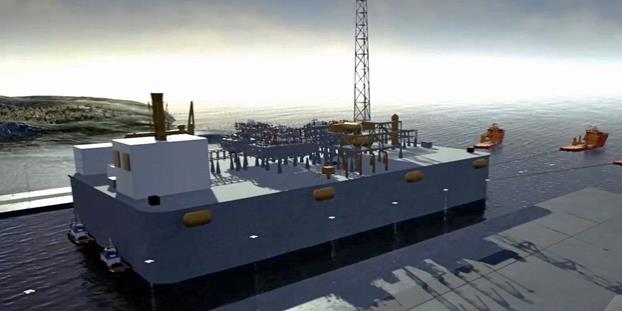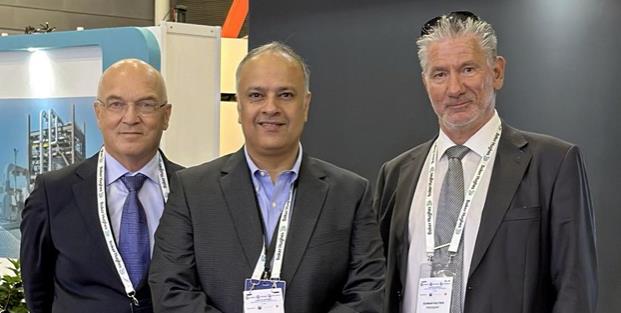Crown LNG, which was created by former LNG colleagues in 2016, is now pursuing its first GBS LNG terminal for Kakinada in India while also moving forward with a conventional floating storage and regasification unit for Grangemouth in Scotland.
Crown LNG chief executive Swapan Kataria is unsure which one will come to market first. But he told TradeWinds that infrastructure for liquefaction or regasification is “essentially one of the biggest bottlenecks” that the industry has had.
Kataria is passionate about the future use of GBS — a concrete structure on the seabed with storage tanks inside and a liquefaction or regasification kit on its surface — both for LNG production and terminals.
He stresses that Crown LNG is not competing with those building land-based terminals or FSRUs, but it is only going into areas where floating projects have failed because of technical challenges.
Crown LNG has settled on India — a large and emerging LNG buyer — for its first terminal, but it is also building a pipeline of projects in the background.
Aside from its job in Scotland, the company has also identified a potential GBS LNG terminal project for Vietnam and is eyeing up a possible liquefaction development that could use its technology off Newfoundland in eastern Canada.
But development work and building out the reach of a relatively new business takes cash, and Kataria said the company is trying to raise $50m for its first two projects.
Crown LNG, which was created by former LNG colleagues in 2016, is now pursuing its first GBS LNG terminal for Kakinada in India while also moving forward with a conventional floating storage and regasification unit for Grangemouth in Scotland.
Crown LNG chief executive Swapan Kataria is unsure which one will come to market first. But he told TradeWinds that infrastructure for liquefaction or regasification is “essentially one of the biggest bottlenecks” that the industry has had.
Kataria is passionate about the future use of GBS — a concrete structure on the seabed with storage tanks inside and a liquefaction or regasification kit on its surface — both for LNG production and terminals.
He stresses that Crown LNG is not competing with those building land-based terminals or FSRUs, but it is only going into areas where floating projects have failed because of technical challenges.
Crown LNG has settled on India — a large and emerging LNG buyer — for its first terminal, but it is also building a pipeline of projects in the background.
Aside from its job in Scotland, the company has also identified a potential GBS LNG terminal project for Vietnam and is eyeing up a possible liquefaction development that could use its technology off Newfoundland in eastern Canada.


